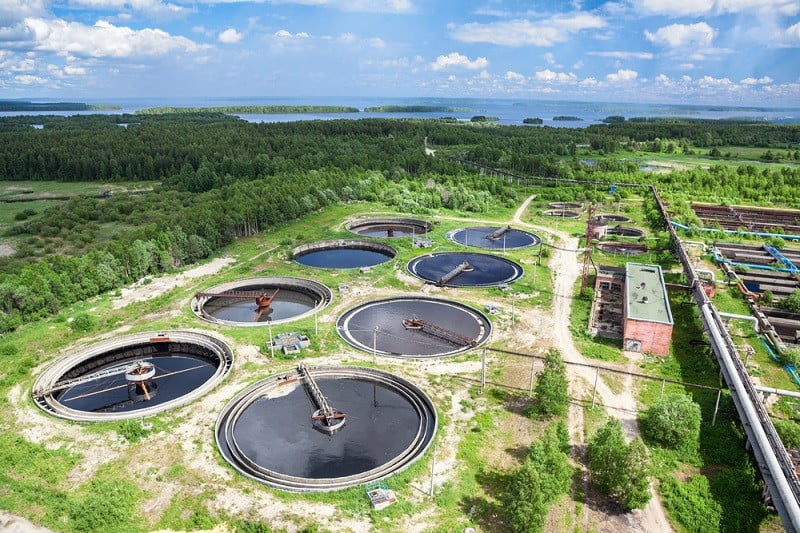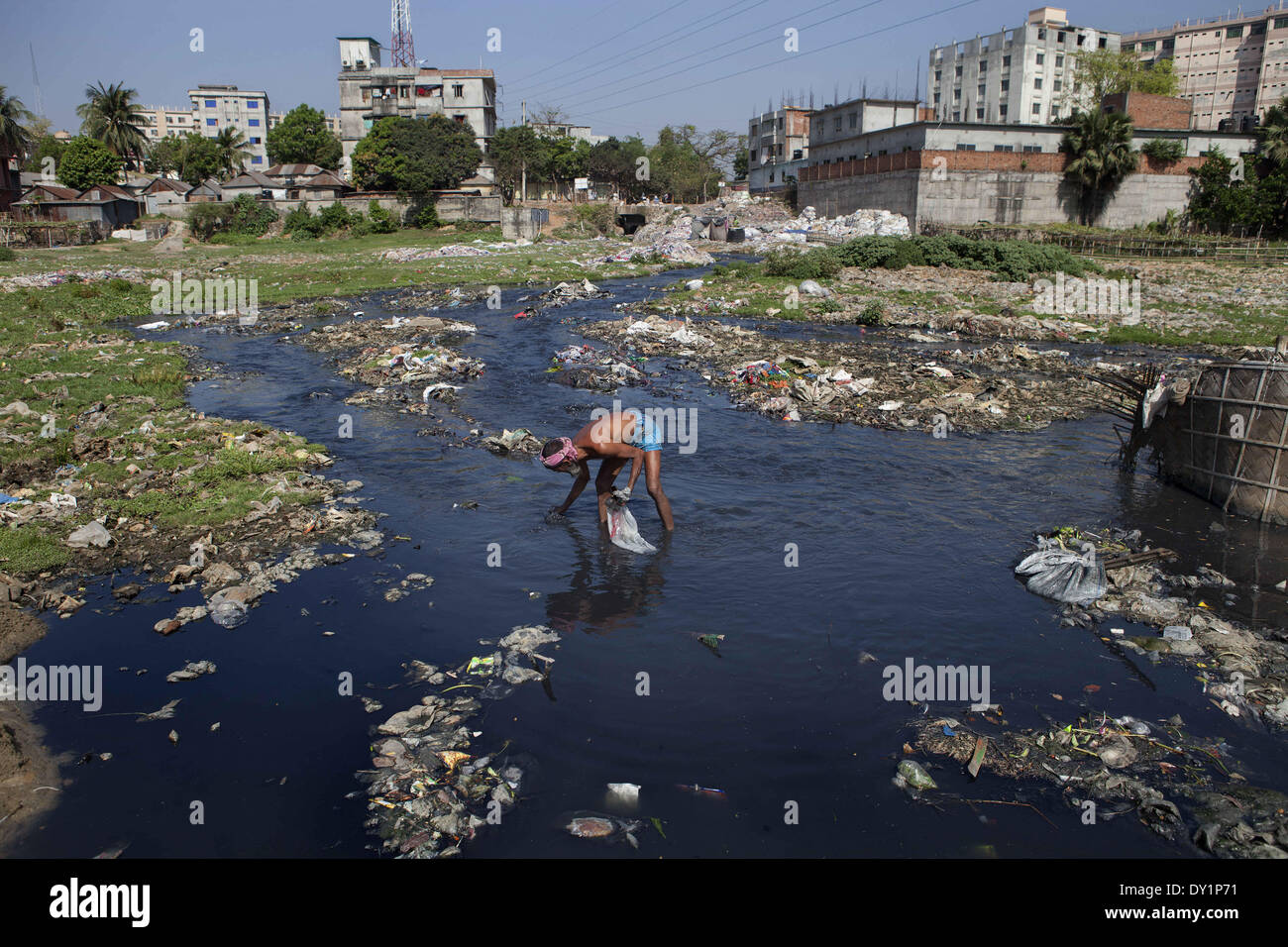Trusted Liquid Waste Disposal Melbourne: Safe and Efficient Services
Trusted Liquid Waste Disposal Melbourne: Safe and Efficient Services
Blog Article
How Fluid Garbage Disposal Works: A Comprehensive Overview of Techniques and Technologies Used

Introduction of Fluid Waste Kind
The complexity of liquid waste kinds requires a detailed understanding of their characteristics and ramifications for disposal. Liquid waste can generally be categorized right into several kinds, including commercial, local, farming, and contaminated materials. Each category shows unique residential or commercial properties, needing specific administration techniques to alleviate ecological and health dangers.
Industrial fluid waste stems from manufacturing procedures and often includes a variety of pollutants, such as hefty steels, solvents, and organic compounds. Metropolitan liquid waste, mainly making up wastewater from homes and industrial establishments, contains natural issue, nutrients, and microorganisms (industrial wastewater treatment). Agricultural fluid waste, consisting of drainage from ranches, might contain plant foods, chemicals, and pet waste, posing risks to water top quality and communities
Harmful liquid waste is defined by its poisoning, sensitivity, or possible to create injury. Recognizing these varied fluid waste kinds is crucial for creating reliable disposal techniques and making sure conformity with environmental policies.
Physical Treatment Methods

Testing is the preliminary action, where larger fragments and particles are eliminated from the fluid waste using screens or grates. This procedure secures downstream equipment from damages and makes sure smoother operation. Following testing, sedimentation makes use of gravitational pressure to different solids from fluids. In sedimentation storage tanks, much heavier particles settle at the bottom, developing a sludge layer, while the made clear fluid can be additional dealt with.
Purification is an additional crucial technique that entails passing the liquid via permeable materials, such as sand or membranes, to record smaller particles. This action improves the high quality of the fluid, making it appropriate for subsequent therapy procedures.

Chemical Treatment Methods
Chemical treatment strategies are essential for properly managing fluid waste, particularly in resolving dissolved and colloidal pollutants that physical approaches might not adequately get rid of. These strategies make use of various chemical representatives to counteract, speed up, or transform unsafe materials into much less hazardous kinds.
One typical method is coagulation and flocculation, where chemicals such as alum or ferric chloride are added to advertise the gathering of suspended fragments. This procedure liquid waste removal melbourne improves sedimentation, enabling easier elimination of the resulting sludge. Additionally, oxidation procedures, using representatives like chlorine or ozone, are used to damage down complex natural substances and pathogens, making the waste safer for discharge or further therapy.
Neutralization is another critical technique, which readjusts the pH of acidic or alkaline waste streams to neutral levels, preventing prospective injury to downstream systems and the environment. Furthermore, advanced oxidation processes (AOPs) make use of combinations of oxidants and ultraviolet light to break down relentless contaminants, achieving a greater degree of treatment effectiveness.
Organic Therapy Processes
Organic treatment processes play a critical role in the monitoring of liquid waste by using microorganisms to break down organic matter and minimize impurity degrees. These procedures can be broadly classified into aerobic and anaerobic therapies, each utilizing certain microbial areas to accomplish effective waste deterioration.
Cardiovascular treatment includes using oxygen to assist in the break down of organic products by microorganisms. This procedure is typically executed in activated sludge systems, where aeration storage tanks provide a conducive atmosphere for microbial growth, bring about the oxidation of natural pollutants. The resultant biomass can be divided from treated effluent with sedimentation.
On the other hand, anaerobic therapy happens in the absence of oxygen, relying on various microorganisms to damage down organic issue. This technique is specifically useful for high-strength waste, as it generates biogas, a renewable energy resource, while reducing sludge production. Technologies such as anaerobic digesters are frequently employed in metropolitan and industrial applications.
Both cardiovascular and anaerobic organic treatments not only minimize the environmental influence of fluid waste yet additionally help with resource healing, making them important parts of sustainable waste monitoring methods. Their effectiveness, efficiency, and versatility sustain their prevalent execution across numerous markets.
Emerging Technologies in Disposal
Innovative approaches to fluid waste disposal are swiftly progressing, driven by innovations in modern technology and a raising emphasis on sustainability. Among these arising technologies, membrane layer bioreactors (MBRs) have actually acquired traction for their ability to integrate biological treatment with membrane filtering, causing top quality effluent that can be reused in different applications. MBRs allow smaller sized impacts and more efficient procedures contrasted to standard systems.
Another appealing advancement is making use of anaerobic digestion combined with nutrient recuperation modern technologies, which not only treats liquid waste but likewise generates biogas and recoups beneficial nutrients like nitrogen and phosphorus. This double benefit improves resource performance and reduces environmental influence.
In addition, advanced oxidation processes (AOPs) are being adopted for the deterioration of complicated natural toxins. These methods make use of effective oxidants and drivers to break down impurities at the molecular level, providing an extremely effective solution for tough waste streams.
Additionally, the combination of synthetic intelligence and device knowing in waste administration systems is enhancing functional effectiveness and predictive upkeep, causing decreased prices and enhanced ecological conformity. These technologies show a substantial change towards even more sustainable and reliable liquid waste disposal techniques.
Verdict
Finally, effective fluid waste disposal requires an extensive understanding of various techniques and innovations. The assimilation of physical, chemical, and organic therapy techniques ensures the efficient management of varied waste kinds. In addition, the introduction of ingenious modern technologies enhances treatment effectiveness and promotes sustainability in waste monitoring methods. By continually advancing these methodologies, it ends up being feasible to attend to the expanding obstacles related to fluid waste, ultimately adding to environmental protection and resource recovery.
Fluid waste disposal is a critical element of ecological administration, calling for a thorough understanding of different methods and technologies tailored to different waste kinds. Liquid waste can generally be categorized into several types, consisting of commercial, metropolitan, farming, and unsafe waste. Agricultural liquid waste, consisting of runoff from ranches, may include plant foods, pesticides, and animal waste, posing dangers to water top quality and environments.
Different physical treatment approaches play a crucial function in handling fluid waste effectively - industrial wastewater treatment.In final thought, reliable fluid waste disposal demands a comprehensive understanding of various methods and innovations
Report this page